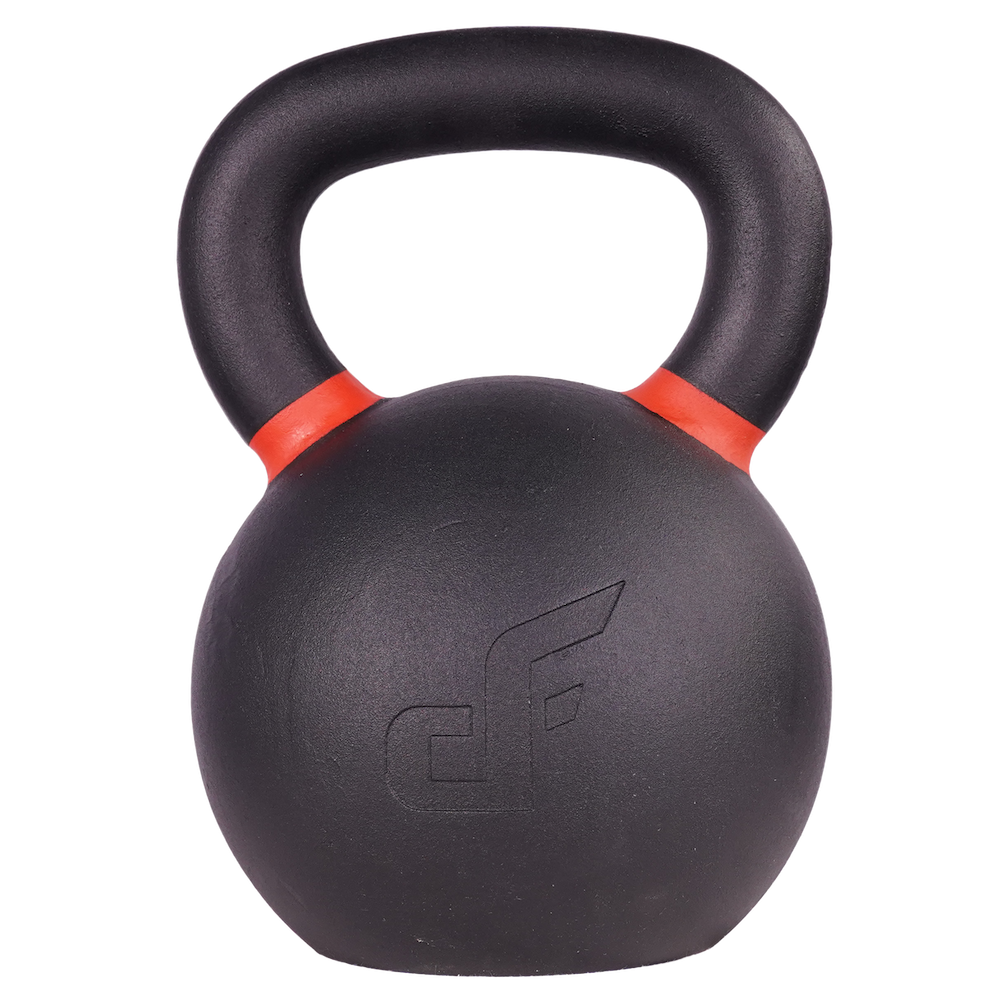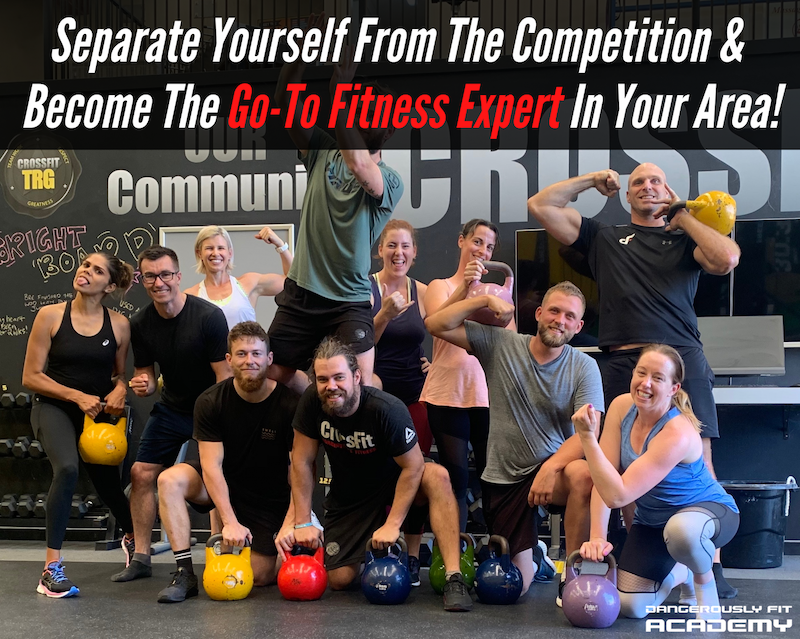Kettlebells have gained immense popularity in recent years as a versatile and effective fitness tool. Whether you’re a fitness enthusiast or a professional trainer, a kettlebell certification can enhance your knowledge and skills in kettlebell training. However, with a plethora of options available, it’s crucial to choose the right certification course that aligns with your goals and provides quality education. In this comprehensive guide, we’ll walk you through the key factors to consider when selecting NZ kettlebell courses.

- Accreditation and Certification Authority:
Before diving into the specifics of a course, it’s vital to verify the credibility of the certification authority. Look for organizations that are recognized and respected in the fitness industry. Some well-known certifying bodies include the American Council on Exercise (ACE), the National Academy of Sports Medicine (NASM), and the Dangerously Fit Academy. These organizations are known for maintaining high standards of education and certification.
- Instructor Qualifications:
The qualifications of the course instructors are equally important. Ensure that the instructors are highly experienced and certified in kettlebell training. They should have a strong track record of success in the fitness industry. You can research their backgrounds, read reviews, and seek recommendations from trusted sources to gauge their expertise.
- Course Curriculum:
Review the course curriculum in detail. A good kettlebell certification course should cover a range of topics, including:
- Kettlebell exercises and techniques
- Anatomy and biomechanics related to kettlebell training
- Safety guidelines and risk management
- Program design and progression
- Nutrition and recovery strategies
- Client assessment and communication skills
The course should offer a well-rounded education that prepares you for real-world situations as a kettlebell trainer.
- Hands-On Training:
Practical experience is invaluable in kettlebell training. Choose a certification that includes hands-on training sessions. This allows you to practice your skills, receive feedback, and become comfortable with various kettlebell exercises and teaching methods.
- Online vs. In-Person Courses:
Consider your preferred learning style. Some certifications are available online, which offers flexibility and convenience. In-person courses, on the other hand, provide a more immersive experience. Choose the format that aligns with your needs and resources.
- Course Duration and Cost:
Assess the course duration and cost. Some certifications can be completed in a few days, while others may span several weeks or months. Balance your commitment with your budget and time constraints. Keep in mind that a more extensive and reputable course may be worth the investment.
- Continuing Education and Support:
Kettlebell training is a dynamic field, and it’s essential to stay updated with the latest developments. Look for certifications that offer ongoing support and opportunities for continuing education. This might include workshops, webinars, or access to a community of professionals.
- Reputation and Reviews:
Research the reputation of the certification course. Check for reviews and testimonials from previous participants. A course with a strong track record of producing successful trainers is a positive sign.
- Career Opportunities:
Consider how the certification will enhance your career. Some certifications have partnerships with gyms or fitness facilities, making it easier to find employment as a certified kettlebell trainer. Explore the potential job opportunities that come with the certification.
- Your Specific Goals:
Ultimately, the best certification course for you will depend on your unique goals. Are you looking to become a kettlebell trainer, improve your personal fitness, or enhance your skills as a fitness professional? Your objectives will help determine which certification aligns best with your aspirations.
Choosing the right kettlebell certification course is a pivotal decision in your fitness career. Take the time to research, assess your needs, and consider your long-term goals. A reputable certification will not only provide you with the knowledge and skills to excel in kettlebell training but also open doors to exciting career opportunities. Make an informed choice, and you’ll be well on your way to becoming a knowledgeable and confident kettlebell instructor.
